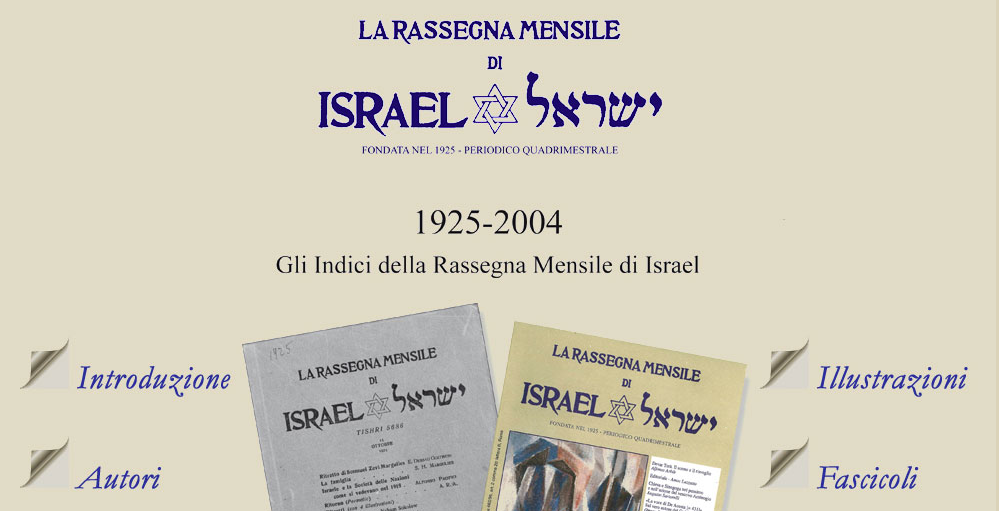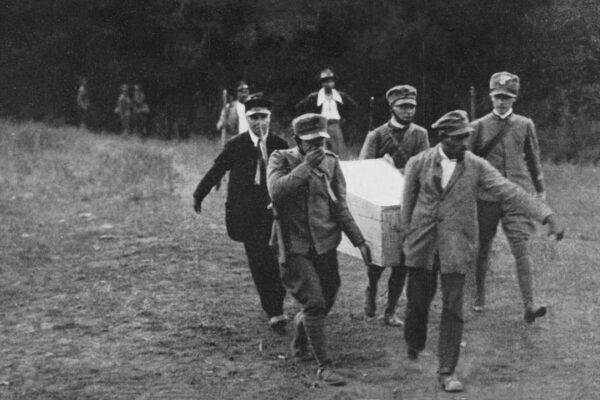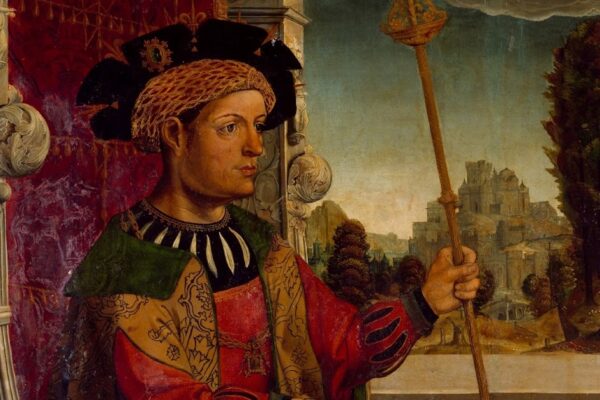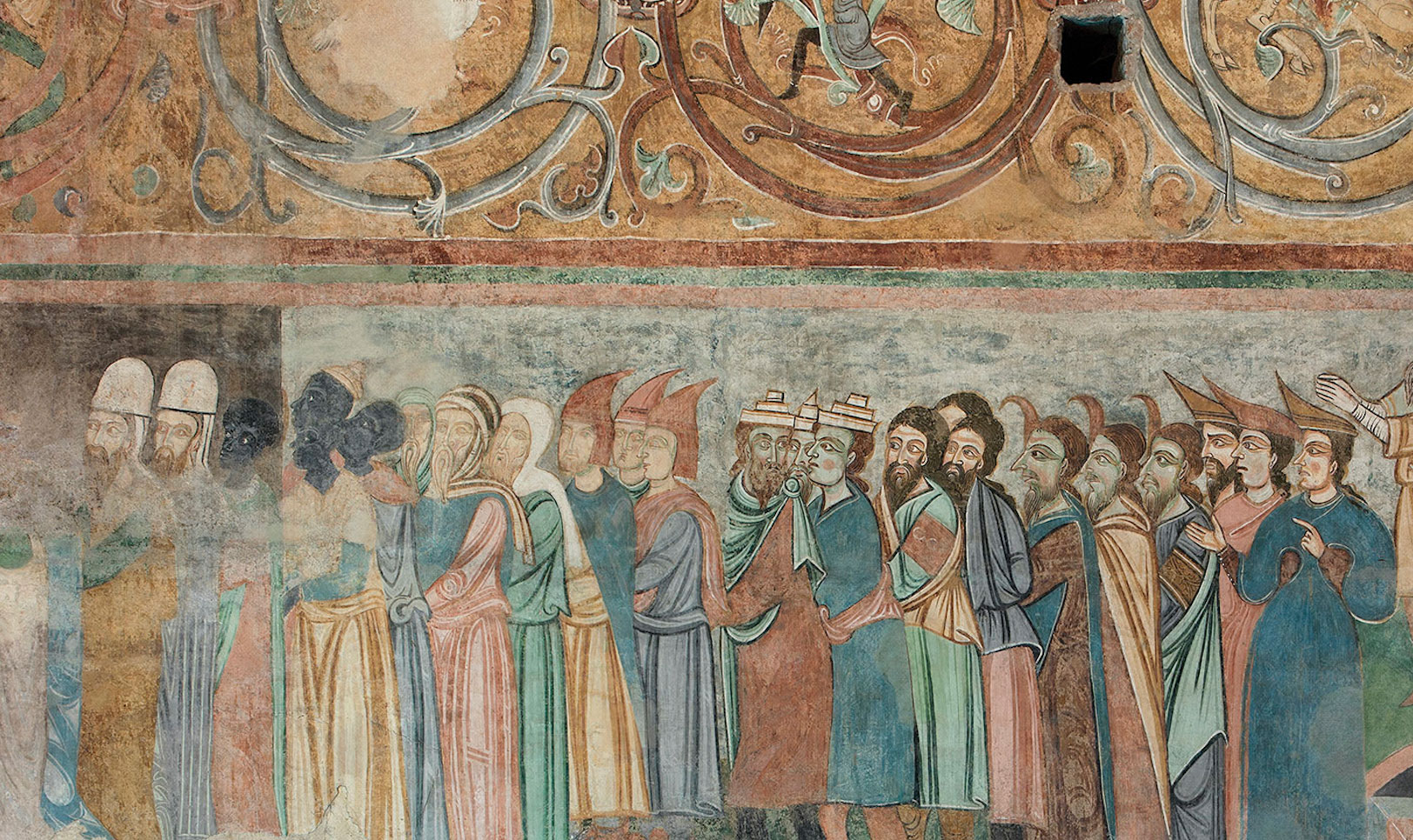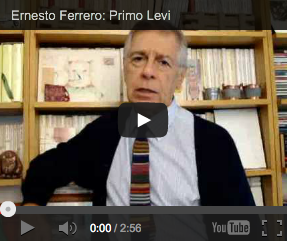Eighty Years in Print: The Rassegna Mensile di Israel
What follows is the text of the speech given by Prof. Anna Foa at the presentation of the indices of the Rassegna Mensile di Israel. Visit the Index
“This meeting is to present the comprehensive indices of Rassegna Mensile di Israel. The indices cover a period of 80 years, from 1925 to 2004. As made clear by Professor Saban’s presentation and as highlighted by Micaela Vitale and Silvia Rebuzzi, curators of the indices, in their essay introducing the work – this was a huge, labor-intensive project requiring several years’ commitment and a painstaking evaluation of the bibliographic and cultural criteria. The work not only allows for a reconstruction of the life of the publication, but also a comprehensive reconstitution of the entire history of Italian Judaism in this period.
I would like to mention in particular the demanding nature of the work accomplished by the authors in putting together the index of the subjects, for which, as they write, “it was necessary to find new definitions of the subjects in order to reflect the diverse research paths undertaken by scholars in various historical and scientific fields.” (I also would like to applaud) the decision – taken by the Giunta of the UCEI (Union of the Jewish Communities)- to put the indices online, making them available not only to scholars, but to the public at large – that same public, in fact, to which the publication was addressed throughout its eighty year history.
It was in 1925 that Dante Lattes and Alfonso Pacifici – who had brought to life the weekly Israel ten years earlier – founded La Rassegna Mensile di Israel. Originally published only sporadically, it became a proper monthly starting in1930. At that point, only Dante Lattes remained as editor. Lattes and Pacifici are two key figures of Italian Judaism. Both were originally Tuscan, one a student of Elia Benamozegh in Livorno, the other a disciple of Samuel Margulies in Florence. In addition, both were Zionists of that special religious Zionism that characterized the Italian experience.
They viewed their journalistic activity as a mission intended to relight the spirit of assimilated Italian Judaism, to enliven it and make it full and whole again. If Israel – a newspaper directed at the entire Italian Jewish world – was distinguished by its accessibility, the Rassegna project was different. It was geared towards an educated Jewish public, without, however, being an academic publication. It saw itself instead as “a modern and effective instrument of cultural diffusion among those cultured Jews who were uncultured in their Judaism.”
Its goal was to welcome all those voices that knew how to “illuminate the history and thought of Israel and… (who could) make a contribution to the knowledge of its affairs and cultural expressions.” It was a unique formula, one to which the publication manages to remain fundamentally faithful even today, despite shifting historical circumstances, changes of editor – and of that very public at which it was aimed.
Furthermore, it was a formula that defined Rassegna as a publication intended exclusively for the Jewish world. This factor, too, would remain central to the publication in its later phases – as different problems arose with the passage of time. Rassegna wanted to teach Judaism to Jews, not to convey that knowledge to the outside world, if not as a secondary and negligible goal.
After being suppressed by Fascism in October of 1938 – like the rest of the Italian Jewish Press – Rassegna resumed publication after the war in April of 1948 under the direct patronage of the Union of Jewish Communities. At this time, Dante Lattes returned from Israel to edit it “in the name of the martyrs, the fighters and the pioneers of Israel, and always thanking God for allowing us to greet the dawn of the Jewish Risorgimento.” He remained as editor until 1965, the year of his death. When it resumed publication, Lattes declared his intent: to call Italian Jews – especially the educated ones – back to their singular Jewish cultural tradition: “the educated Jews – in other words that same category of people whose refined intellect is today dispersed completely outside the Jewish realm – or which, even if it remains in this realm, exhausts itself in political disputes that are pointless since they have nothing, or almost nothing, to do with the Judaism that can be lived and practiced today in the world outside of Eretz Israel.”
Rassegna has a long history – over eighty years. In fact, it is the longest standing of all Italian Jewish periodicals. It has endured long enough to afford us a deeper grasp of the history of the Italian Jewish world through Fascism, the racial laws, the war, the Holocaust, the foundation of the state of Israel, and on through the key events of the second half of the twentieth century. Leafing through its indices therefore, we can see just how the Italian Jewish community perceived itself, its problems, its identity, and its place in the great history of the world at a given moment in time. Its transformations, changes and continuity also emerge from these pages. They reflect, in essence, the history of the Italian Jewish world in the twentieth century.
The picture that emerges also offers a unique view of the transformation of Jewish identity in the period after the Second World War. This was a profound transformation that Rassegna Mensile di Israel itself both inspired and reflected. “A cultural challenge,” in the words of Amos Luzzatto, that engulfs Italian Jews beginning in the second half of the 1950’s, transforming their communal engagement, the character of their religious practice, and their stance on the rest of the Jewish world and Israel.
As Attilio Milano stressed in an essay written in 1937 and published in Rassegna in 1938 on the eve of the shutdown of the publication, Jewish periodicals in Italy were born with the Emancipation, riding on the wave of newly obtained legal equality. It is a belated birth with respect to the Jewish world of Western Europe, particularly Germany, where it began in the first decades of the 1800’s. Milano attributes this delay to the stronger link to the synagogue and religious life, typical of Jewish Italy in the Ghetto era. The press, in other words, became a substitute for the synagogue – which Jews, tired of being shut away in the Ghetto, “disdained” and even “disavowed” after Emancipation, since it no longer served its historical function of providing them with a means of resisting and persisting through time.
“It was, in fact, in the midst of this spasm of newly or rapidly emancipating Jewish life, in the midst of the most diverse and often confused thoughts of Italian Jews regarding their Judaism, that a voice was imperative. This voice, emerging from the wide stage of a periodical, highlighted the thoughts and life of Israel, projecting its persistent and always fertile presence.” he wrote. In the context of the process of Emancipation, therefore, the objective of the flourishing Jewish press towards the middle of the twentieth century was the transmission of the knowledge of Judaism – its thought and “essence” – to a Jewish world in transition.
These were the years when a process of radical transformation of identity was taking place in Germany, where – as in Italy – Jewish emancipation had accompanied the course of national unification. This process deeply engaged the Jewish community, which at the time was busy renewing its own image both to the outside world and to itself. It was not assimilation – a concept implying a loss of identity and the risk of being absorbed in all respects into another world: of losing one’s own defining characteristics – but a transformation.
The fact that in the German case we cannot discuss a loss of identity, but rather a profound transformation of identity, is basically confirmed by recent historiography. Even for Italy the use of the term assimilation to define the integration of Italian Jews into wider society is misleading, in my opinion. But in Italy, where the religious tradition had always functioned as negotiation with the outside world, the process of transformation implied the will to preserve the threads of a tradition that of itself never required a radical denial of the new – rather than a redefinition of identity.
The function of the Italian periodical press, which aimed to make its readers “feel the persistent actuality” of Judaism – to make its life known – was not aimed, as it was in Germany, at rebuilding identity, but rather at – even in transformation – recognizing and transmitting it. This as a purpose, it might be said, was far less radical, for the reason that Italy lacked those singular – radical – aspects characteristic of the German situation. In the first place there was the change in the perception of history – and therefore of time – that was produced in Germany by the Wissenschaft des Judentums.
With a choice between those who welcomed historical criteria in the crucial years of the twentieth century, and those who, conversely, opposed this historical attitude – considering this historical contextualization in law and in Jewish thought as a subversive element of traditional religiosity, Italy chose the second road in those first decades after Emancipation: emphasizing the moral aspect of Judaism, more than its place in history. While Germany was teeming with publications of every kind, as well as cultural centers, conferences, and debates – all of which attracted a vast public and contributed to the creation of genuinely cultured public opinion, one interested in its own history and prepared to identify not with the text or the ritual but with its past – Italy maintained a kind of diffidence, fueled by the views of both rabbis and philosophers towards the history and the historiography then on the rise in Europe and in non-Jewish Italian Society.
The explanation for this resistance to the historical paradigm brings us back to the lack of reform (Judaism) in Italy. Given the close association between history and reformed thought, coupled with the enthusiasm with which the reformed rabbis – beginning with Abraham Geiger himself – adopted this historical paradigm, it’s particularly understandable. The function of the Italian press, far from encapsulating the roots of these changes, or providing Jews with a new paradigm for identity based on their historical dimensions – as had happened in Germany – instead played a defensive role protecting not so much the tradition itself as its measured influence on the transformation.
In assigning to the Italian Jewish press a less subversive function than that of the German press, we must not, however, forget the singular nature of the encounter between Italian Jews and the external world. This was an encounter between somewhat similar ideals – an assimilation ” to a system of values rather than to a people, to a physically constructed nation, or to a language,” to quote Francesca Sofia.
It was, fundamentally, an encounter with principles that did not contrast with the strong ethical commitment of the nineteenth century Jewish world, and one that did not require a choice between contrasting world views. In contrast with other places, Italian Jews did not face the problem of the redefinition of Judaism in the years immediately after Emancipation, but much later – at the beginning of the twentieth century and especially after the First World War – when Italian nationalism transformed, aligning itself with the rest of Europe.
These were the years of the expansion, though only among an elite minority of the Jewish world – of the Zionist movement in Italy. In fact, the growing strength of the Jewish Press in Italy – after its initial nineteenth-century phase – centered on the spread of the Zionist movement, and not – as occurred in Germany – on any consideration of the Jews’ own history.
This led to the birth of many publications, cultural associations, conferences, and debates. However, if Zionism in Italy replaced history as the catalyzing force behind the transformation of identity, then – at least in its first flowering in the years immediately following the First World War – reflections on identity were principally envisaged not as a regeneration of a sense of the past (I am a Jew because I have the history of a Jew), but as a vision for the future, towards the recovery of a renewed and enlivened Judaism (I am a Jew because I want to bring the Jews to Eretz Israel – Jews who are reborn and capable of rebuilding the state by reconstructing themselves).
And, further, it meant that this vision – far from being born of Emancipation, or an attempt to maintain identity within the flattery of emancipation – came instead from the most radical critique of it – the Zionist critique of assimilation. It is this critique that relies on the earlier, nineteenth-century theories on the maintenance of identity – creating a paradigm of the radical opposition between the maintenance of identity and the assimilation that is strong and destined to reinforce itself over time. But this paradigm didn’t derive from the real historical situation in the Italian Jewish world after Emancipation, nor did it arise directly from anxieties about assimilation of a part of that world, but came rather from the superimposition of the Zionist critique on these anxieties. A critique that was even stronger and more radical because it was that of just a minority of the Jews and was expressed in the context of the deep integration of Jews in Italian society.
Considering the nature of Italian Zionism, Mario Toscano’s emphasis on the strong historical impact of the First World War on the history of the Italian Jewish world and the need it created “for a redefinition of the existential condition of Italian Judaism” comes out strengthened. Israel first appeared in 1916, and Rassegna came out during the later post-war period – at the beginning of the Fascist dictatorship. It was the more mature and cultured fruit of this new identity of Italian Jews, an identity which at that time applied only to certain elite groups and which would remain – at least until after the Second World War – a minority distinction.
But Rassegna was also something else: not just a reaction to the great history taking place around it, but also a tireless work offering texts, literature, documents, and memories. An ongoing portrait of the Jewish world that believes itself alive and autonomous – capable of independently cultivated thought, literature and poetry – as its long record, illustrated for decades throughout the pages of the publication, clearly confirms.
Here we see vast space devoted to Jewish literature, from medieval manuscripts to works from1948 through to contemporary Israeli literature. Here too the biographies of illustrious and noteworthy figures glow like faces torn from the obscurity of the past through letters, prose, or images. They are a living and vibrant image of Judaism, delivered to the Jews to underline their history, their culture and their Jewish future.
Aside from some particularly elevated moments however, Rassegna is dedicated not to creating a new world, but to elucidate the past and the present, in order to invite a Jewish community which may be too distracted and too ignorant of their own past and present, to fully participate in their own world . The impression is that of an average life, without those iconoclastic breaks or that push towards transformation that are a part of other Jewish histories of the twentieth century, from the Russians to the Germans. Good and bad, it is the history of Italian Judaism and of its transformation; without tears, constant and stable. Rassegna is a faithful and careful mirror of that world.”


